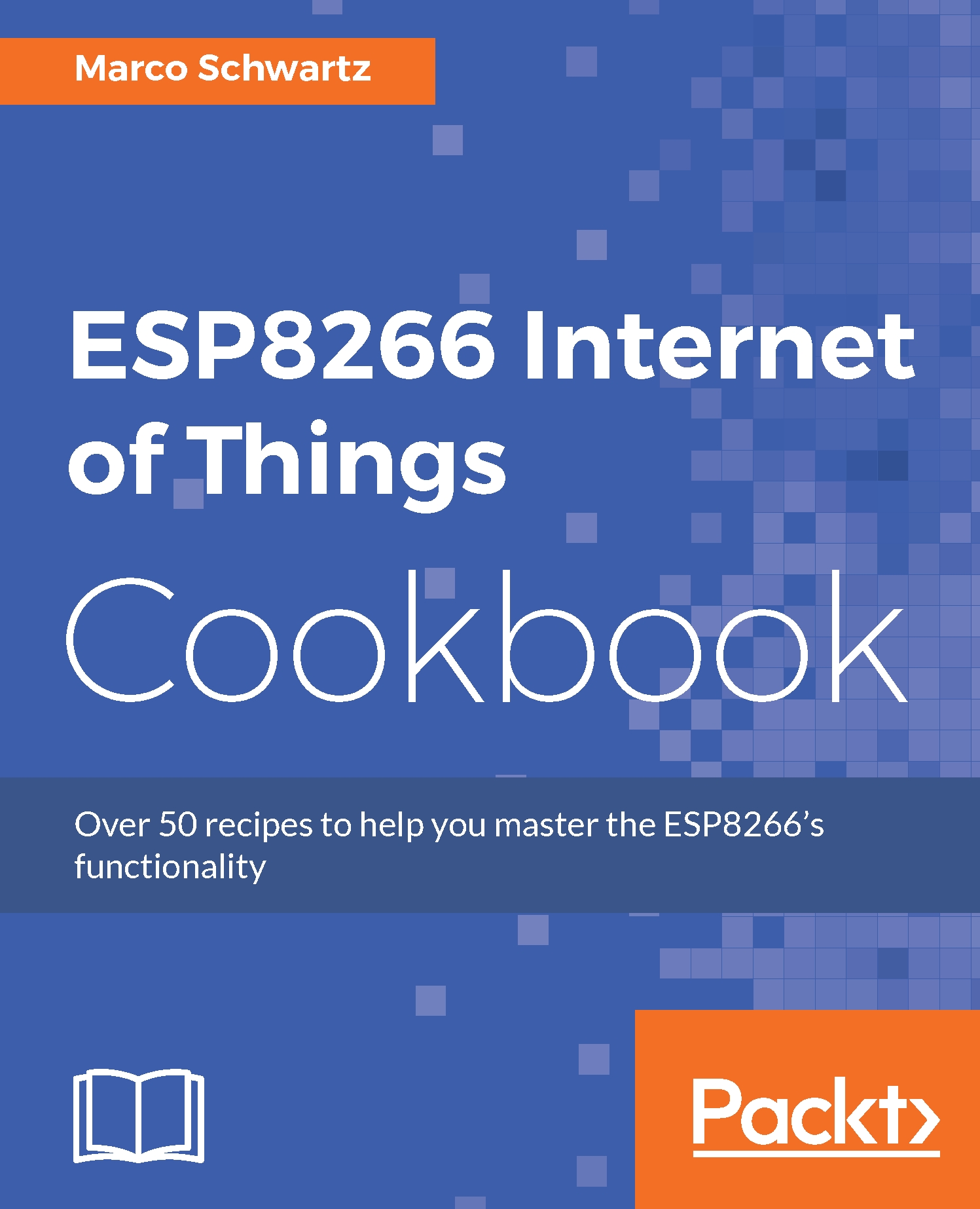Troubleshooting basic ESP8266 issues
You may run into some issues when using the ESP8266's basic functions. We will list some of the common problems that many people face and some ways of troubleshooting them.
The analog pin cannot measure high voltages
The analog pin of the ESP8266 can only measure voltages between 0V and 1V. If you have a sensor that outputs an analog signal that goes above that range, you will need to divide it. Otherwise, most of your readings from the analog pin will be 1023.
The best way of dividing the voltage is by using a voltage divider. It is easy to implement, since all you need is two resistors of the desired value and you are good to go.
Since most of the analog sensors you use with the ESP8266 board will output a signal of voltages between 0V and 3.3V, you will need a 1200 Ω resistor (R1) and a 470 Ω resistor (R2) to build a voltage divider.
You can read more on voltage dividers at this link: https://learn.sparkfun.com/tutorials/voltage-dividers.




































































